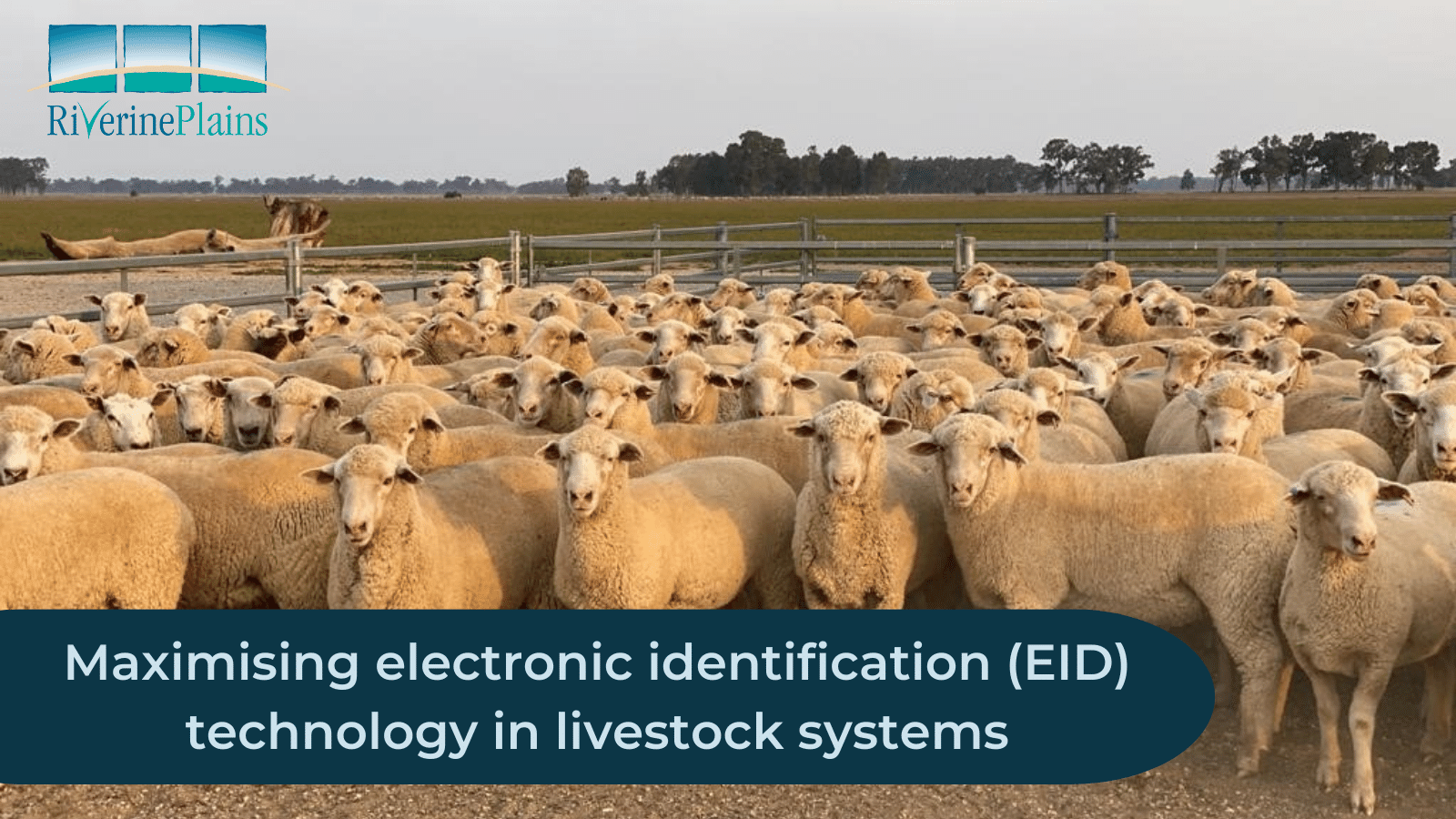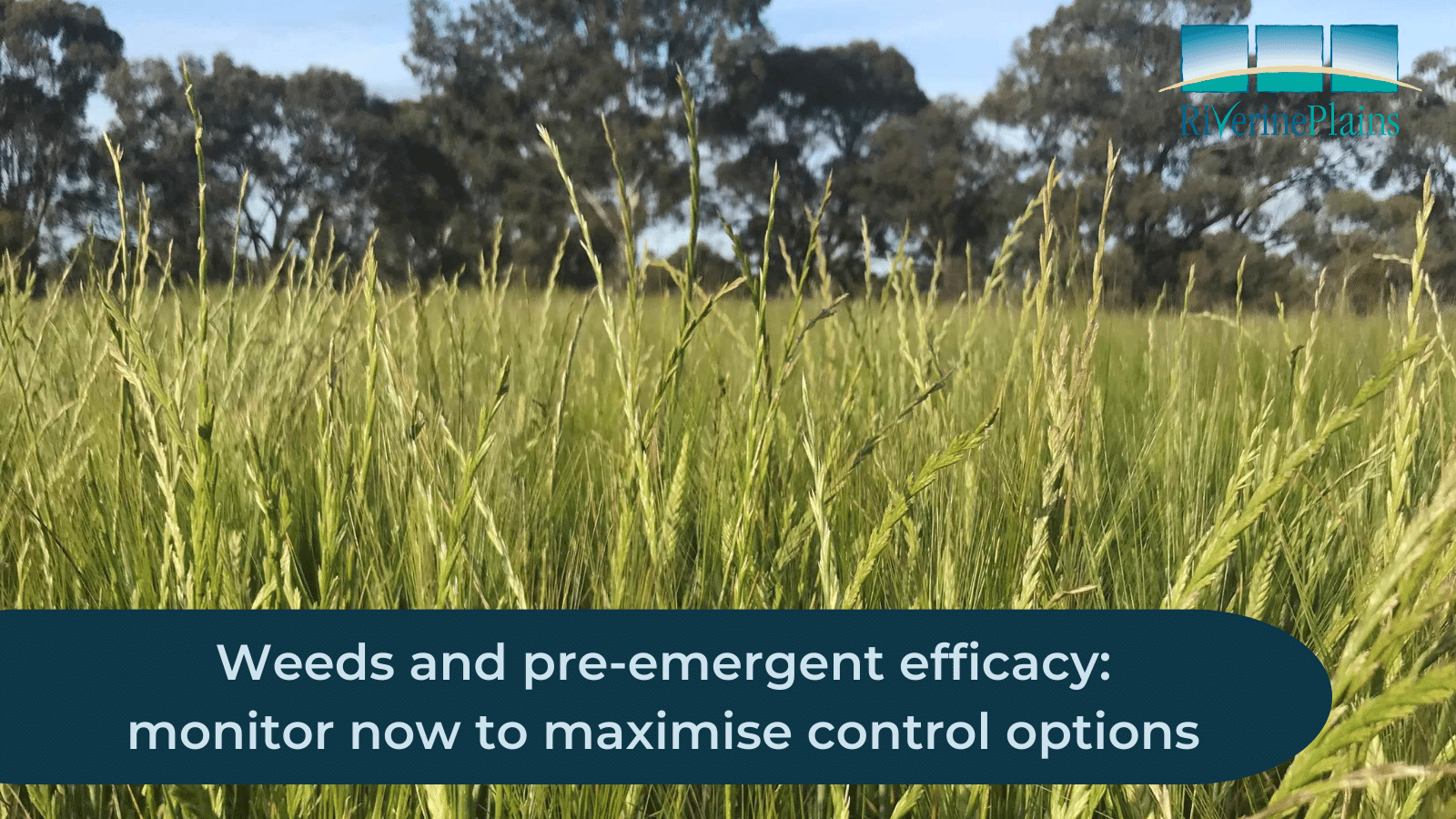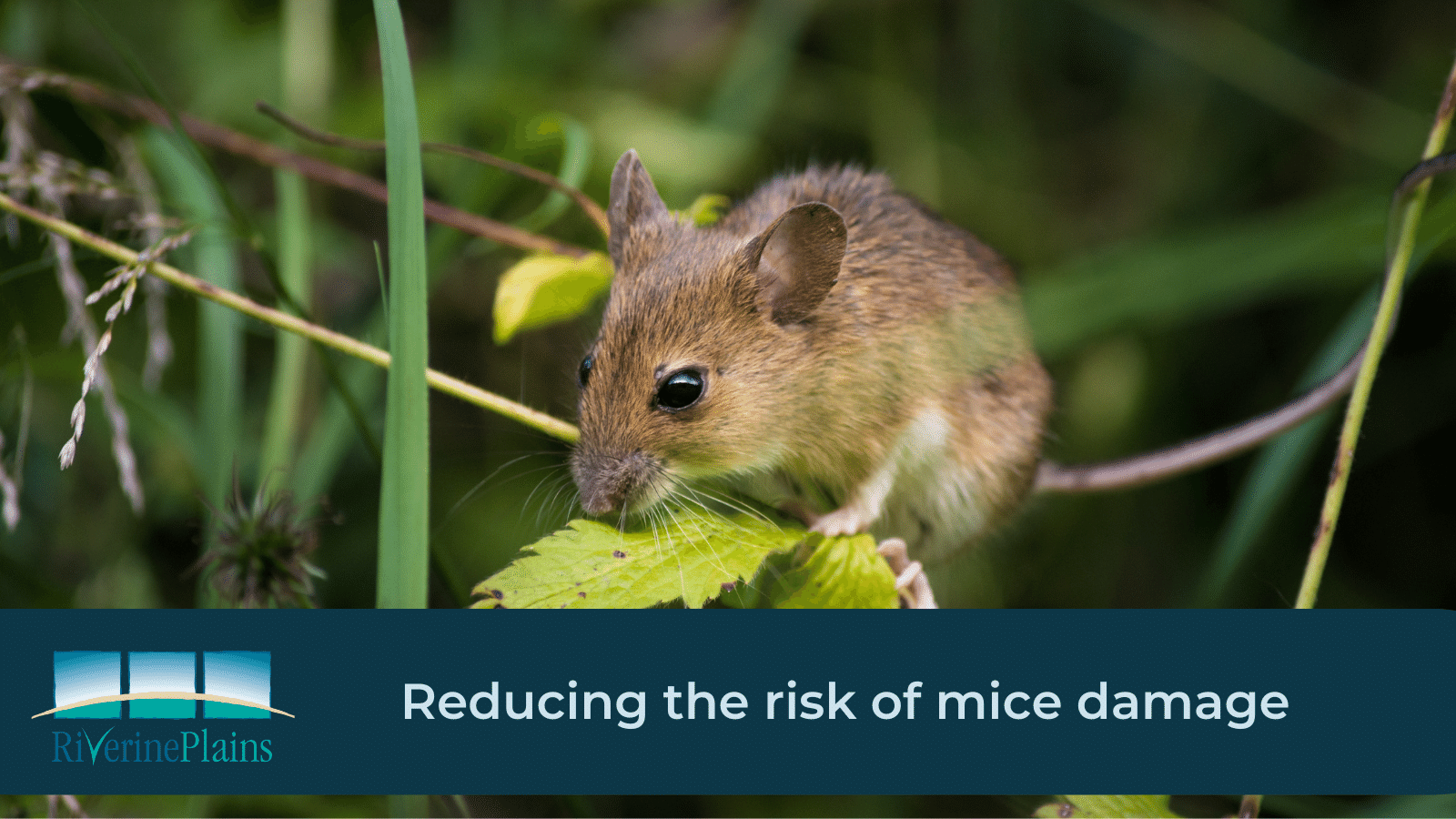Maximising electronic ID technology in livestock systems
Key messages
- electronic identification (EID) technology underpins NLIS traceability, biosecurity and market access
- mandatory EID tagging of sheep and farmed goats begins on 1 January 2025
- using EID technology for performance monitoring and record keeping can enhance livestock management and decision making
EID technology has many applications beyond its role in traceability and represents a real opportunity for farmers looking to improve their livestock management.
Although many farmers are already familiar with EID technology, there are many who may be feeling overwhelmed by the cost and upskilling required. So, what are the additional benefits of using EID technology and where can you get help if you need extra support?





